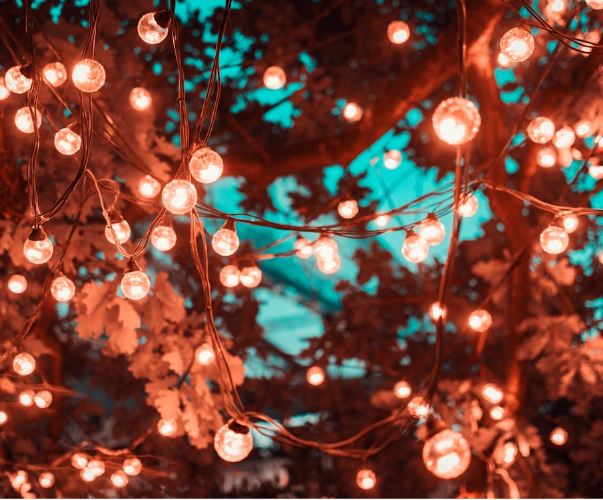How to Choose the Right Outdoor Lighting for Your Needs

Choosing the right outdoor lighting can dramatically transform your space, enhancing both functionality and ambiance. With countless options available, from solar-powered lights to professionally installed systems, the task may seem overwhelming. Understanding your specific requirements and preferences will guide you to make informed decisions relevant to your context.
Assess Your Outdoor Areas
Start by evaluating the areas you want to illuminate. Consider the purpose of each space, such as pathways, patios, or garden features. Pathways benefit from enough brightness to ensure safe navigation, while seating areas might need softer illumination for relaxation and enjoyment. Garden highlights can draw attention to particular plants or sculptures, setting a pleasant atmosphere for evening gatherings.
The right lighting can add character to your outdoor setup, making it more inviting. Taking time to find out more about permanent lighting or temporary options will help you identify which systems best meet your needs. Consider factors like the number of fixtures, their placement, and the types of bulbs that will serve the purpose, whether for security, aesthetics, or both. Solar lights can provide a cost-effective solution for temporary or low-use areas, while wired systems offer reliability and extensive luminescence for larger spaces.
Choose the Right Type of Lighting
There are various types of outdoor lighting to suit different needs. Wall-mounted fixtures are excellent for illuminating entrances, while pendant lights can enhance covered patios or gazebos. For pathway lighting, consider fixtures that guide visitors safely without overpowering the environment. Recessed lighting can be subtly integrated into decks or walkways to maintain a minimalistic look without sacrificing safety.
Spotlights and floodlights are ideal for highlighting features like trees or fountains. The quality of light is just as important as the style. Options range from LED lights, which are energy-efficient and long-lasting, to incandescent and halogen lights, which can create a warmer glow. Each light type has its benefits and drawbacks based on your goals and outdoor setting.
Power Source Considerations
The power source for your lighting is a critical decision. Options include solar, electrical, and battery-operated systems. Solar lights are a popular choice due to their low maintenance and ease of installation. They harness sunlight, making them eco-friendly, although their performance can be affected by climate variations and the amount of sunlight received.
For more permanent installations, electric lighting provides consistent brightness and reliability. While installation requires more effort and potentially permits, the benefits far outweigh the upfront tasks. Battery-operated lights are another alternative, offering flexibility in placement but often requiring regular battery replacements. Picking the right power source can significantly influence the longevity and functionality of your outdoor lighting.

Design and Style
The design of your outdoor lighting should complement the architectural style of your home and the overall theme of your outdoor space. Whether your style is modern, traditional, or rustic, there’s a wide array of fixtures that can harmonize with your décor. Minimalist lighting fixtures can provide sleek lines, while ornate designs might enhance classic homes.
Think about materials like plastic, stainless steel, or brass when choosing colors. The finish can have an impact on durability as well as appearance, particularly in different weather situations. It makes sense to use lighting that maintains individual functionality while offering a unified appearance.
Consider Environmental Impacts
It’s critical to factor in environmental impacts when making your lighting choices. Energy-efficient lighting options, such as LED bulbs, consume less electricity, contributing to lower energy bills and reduced carbon footprints. Consider light pollution; direct lights towards the ground to minimize light spillage into the night sky or surrounding areas.
Some fixtures are designed with shields or diffusers to control the direction and intensity of the light. Making the most of your outdoor lighting not only makes the space feel cozier, but it also benefits the environment.
Professional Installation vs. DIY
Whether to tackle outdoor lighting as a DIY project or hire a professional largely depends on the complexity of the installation. Simple options, such as solar lights, usually require no professional help, while electrical installations often do. Hiring a professional ensures compliance with safety standards and local codes, significantly reducing the likelihood of future issues.
A professional can help with design choices and optimal placement, maximizing the lighting effect. They can provide guidance on the use of additional technology, like timers or smart home integrations, that make controlling outdoor lighting more efficient.






